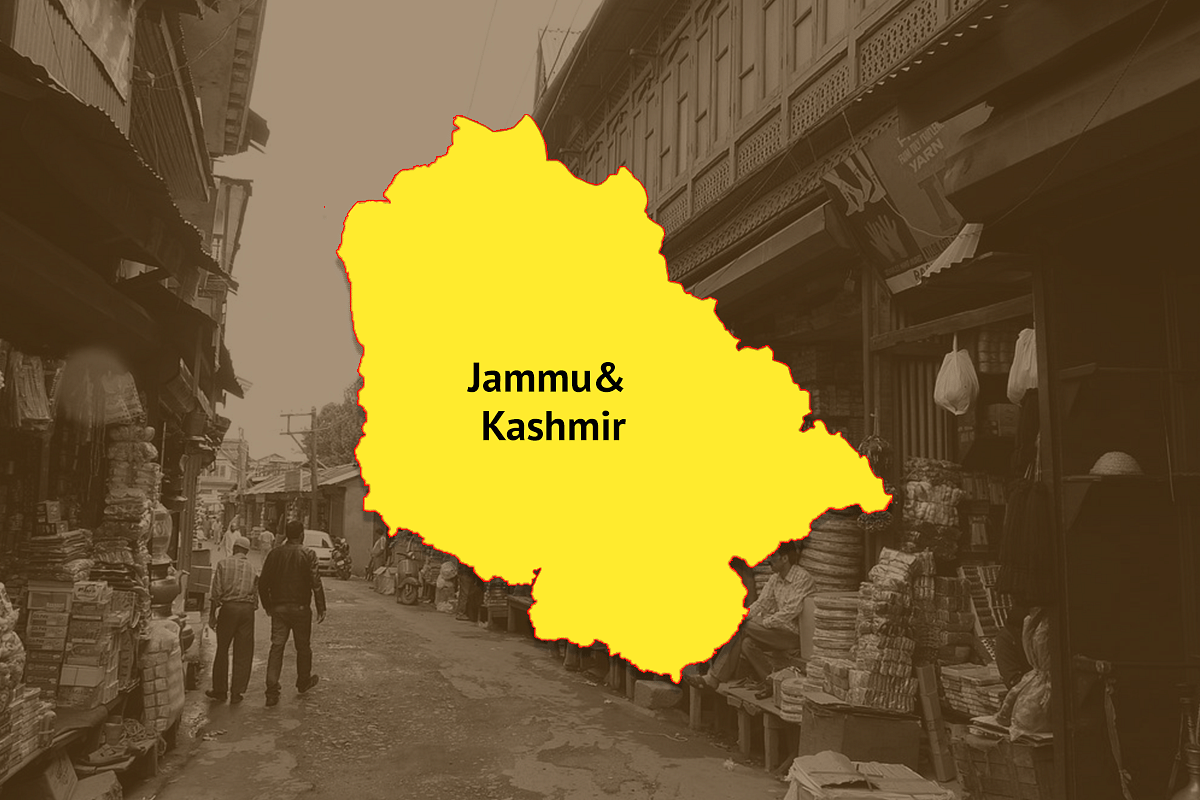Politics
What Will Happen In Jammu And Kashmir; Here Are Four Possible Scenarios
- The Centre has clarified that the 24 June meeting called by the Prime Minister is about the ongoing delimitation process in the Union Territory.
- It is also hard to believe that the Centre will give up the powers it currently needs and has over Kashmir.
- Even so, here are four possible options regarding the political status of the former state and current UT of Jammu and Kashmir.

Jammu and Kashmir.
Since B.V.R Subrahmanyam, former chief secretary to the Union Territory of Jammu and Kashmir, was transferred to Delhi on 31 May, political temperature has been rising in the region with rumours flying thick and fast over the Central government’s plans for the future of the erstwhile state which was converted into a Union Territory (UT) in August 2019 when its special status was removed.
The appointment of Arun Kumar Mehta as new chief secretary on 27 May was followed by:
-the arrival of 200 companies of paramilitary forces in the valley;
-Lt Governor Manoj Sinha flying to Delhi to meet Union Home Minister Amit Shah on 6 June;
-People's Alliance for Gupkar Declaration, a coalition of five parties of J&K, holding a meet on 9 June after a gap of six months;
-Sinha-Shah meeting again in Delhi on 18 June but this time in the presence of National Security Advisor Ajit Doval, Intelligence Bureau Director Arvind Kumar, R&AW chief Samant Kumar Goel and CRPF Director General Kuldeep Singh and J&K DGP Dilbagh Singh - all of which finally culminated into an invite to Kashmir’s political parties from the Prime Minister to allegedly discuss statehood issue of J&K on 24 June.
However, the Centre has clarified that the meeting is about the ongoing delimitation process in the UT and not about statehood.
As things stand today, J&K is a UT with provision for an elected legislature once delimitation is over.
The Jammu and Kashmir Reorganisation Act of 2019 states that ‘the provisions contained in article 239A, which are applicable to the “Union territory of Puducherry”, shall also apply to the “Union territory of Jammu and Kashmir”.’
Article 239A says that
1. Parliament may by law create
(a) A body, whether elected or partly nominated and partly elected, to function as a Legislature for the Union territory, or
Or both with such constitution, powers and functions, in each case, as may be specified in the law.
(2) Any such law as is referred to in clause (1) shall not be deemed to be an amendment of this Constitution for the purposes of article 368 notwithstanding that it contains any provision which amends or has the effect of amending this Constitution.
Of course, in addition to this, the reorganisation act lays out in detail the whole administrative setup of the J&K UT which gives Centre enough powers (including veto) and control over the border territory.
Nonetheless, let’s take a look at various options available with the government:
First, it can continue with the status quo which means that J&K will be a UT with elected legislature and chief minister in future once delimitation is over.
This option provides the Centre to nominate some members to the assembly (though the reorganisation act as of now only specifies avenue for nominating only two women if their representation is not sufficient as per the Lieutenant Governor). These could be from the Kashmiri Pandit community which was forced to flee the valley.
Moreover, somewhat similar to the NCT of Delhi, J&K assembly cannot make laws related to public order and police (but unlike Delhi, it can do so on the subject of land).
Though this gives more powers to the J&K assembly than what’s provided to the NCT of Delhi or to Puducherry, it’s still seems to be an ideal arrangement given other options that are being discussed.
Second, the Centre can think of separating Jammu from the UT, a long pending demand of Hindus, and make it into a full fledged state. Meanwhile, Kashmir can continue to be a UT with a promise of devolving more powers in future if terrorism ends.
Third and a slightly worse option than the above is giving more powers to the elected legislature and chief minister of either the Kashmir part or the whole of J&K. Still, separating Jammu will certainly be a better decision in such a scenario.
Fourth and the worst option for the Centre is to reinstate full statehood in either Kashmir only or in whole of J&K taking it as one administrative unit. The latter will effectively take us back to pre-August 2019 situation irrespective of whether Article 370 is effective or not. Jammu region will find itself again at the mercy of Kashmiris who are in decisive majority as far as population is concerned. If Kashmir is separated and given statehood, it will create serious national security issues especially with Taliban forces on the verge of taking over Afghanistan and US army leaving in September.
One hopes that the government doesn’t take any decision in haste. It has shown unparalleled resolve so far in dealing with the Kashmir problem. It would be a tragedy to give up the gains and retreat at this moment.
Introducing ElectionsHQ + 50 Ground Reports Project
The 2024 elections might seem easy to guess, but there are some important questions that shouldn't be missed.
Do freebies still sway voters? Do people prioritise infrastructure when voting? How will Punjab vote?
The answers to these questions provide great insights into where we, as a country, are headed in the years to come.
Swarajya is starting a project with an aim to do 50 solid ground stories and a smart commentary service on WhatsApp, a one-of-a-kind. We'd love your support during this election season.
Click below to contribute.
Latest